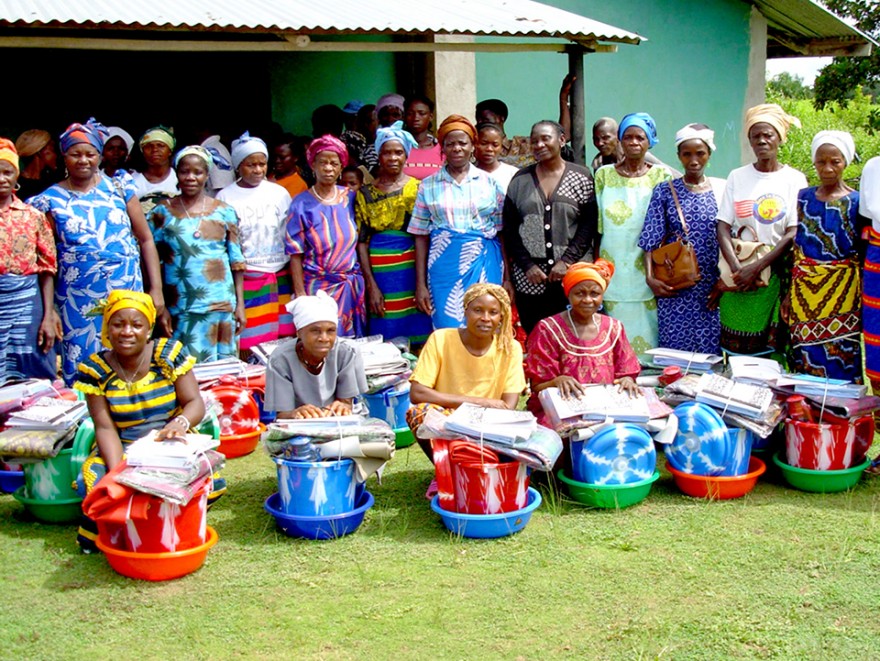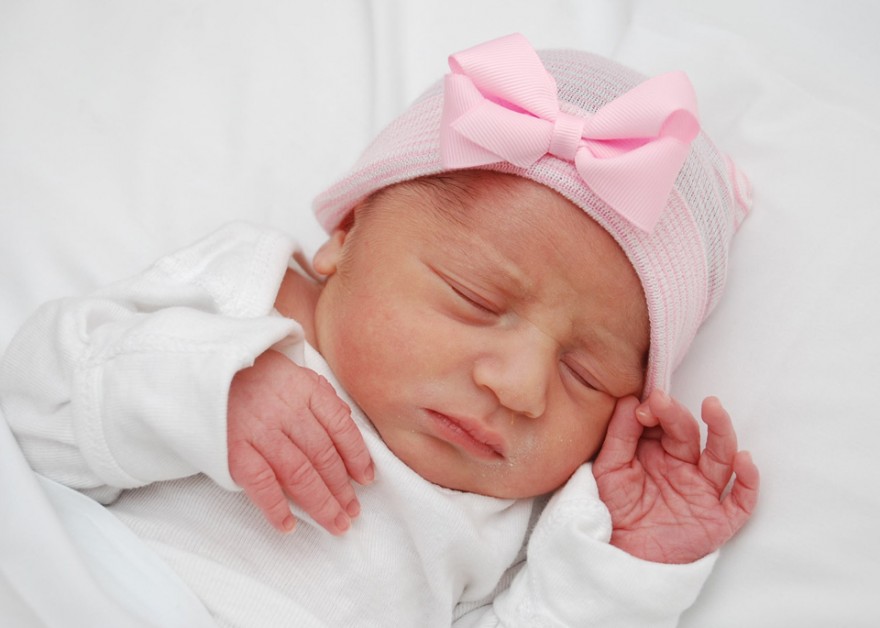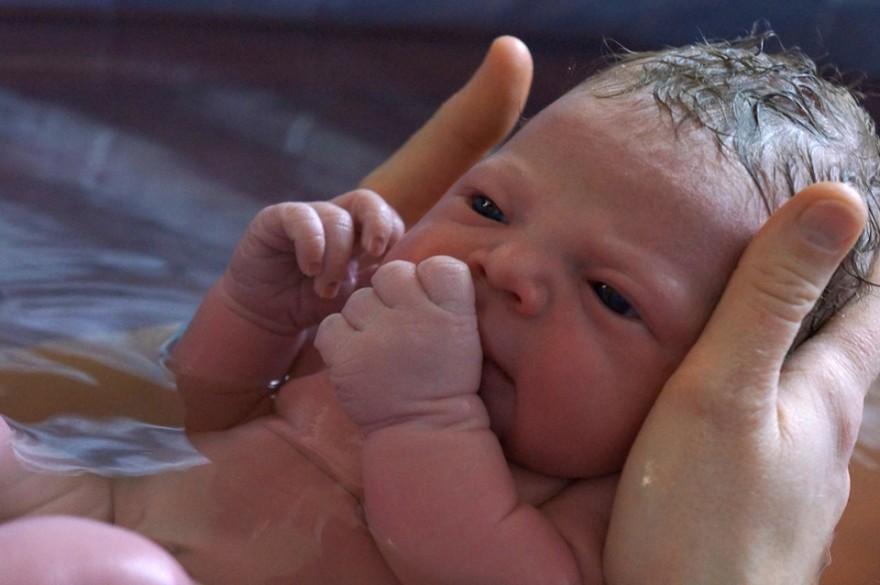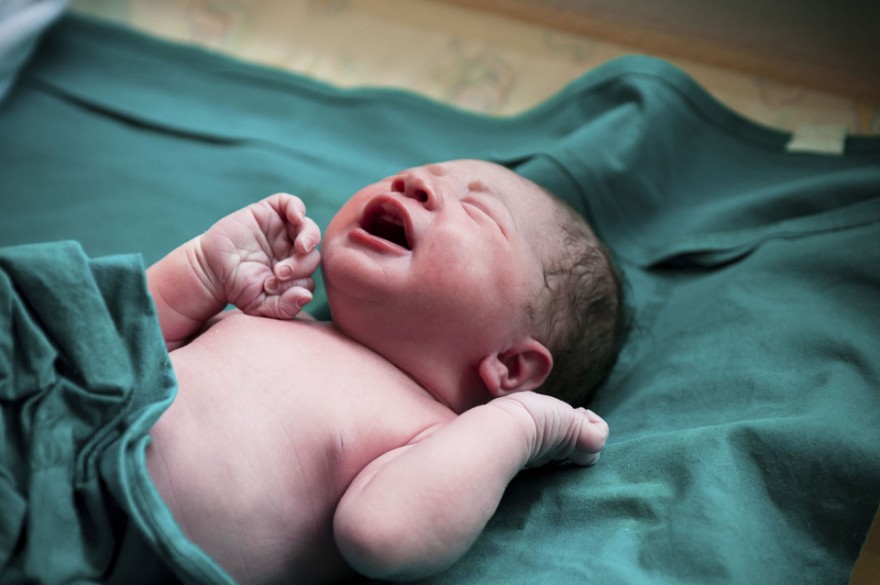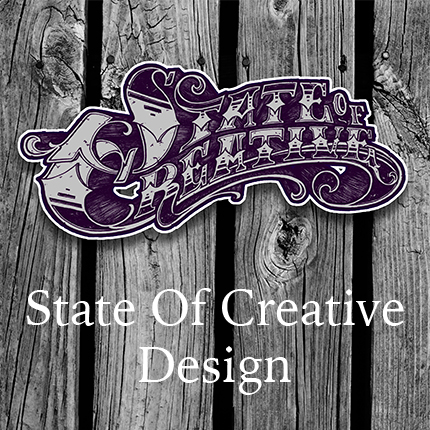– Midwife –
We came across this article from a couple of years back where USAID was sending clean delivery kits as they graduate from their training program in Liberia. The article shows how essential midwives are in countries all around the world. From a Marin midwife to a Liberian midwife, the safety of the mother and baby during the pregnancy and birthing process is the ultimate goal. The USAID program is helping facilitate this by working with women in Liberia to improve conditions for expectant mothers and infants. Read the beginning of the article below or click on the link to read the full article.
During the 14-year civil conflict in Liberia, the health system virtually collapsed. The health system’s fraglity coupled with the difficulty women face in getting to health facilities in emergencies due to no roads or means of transportation in largely rural Liberia, has led to one of the highest rates of maternal mortality in the world: 994 deaths per 100,000 live births.
From 2005 – 2009, USAID improved conditions for expectant mothers and infants in Liberia, by working with traditional midwives – the front lines of childbirth in rural areas. Home birth is a tradition in Liberia – 63% of women deliver outside of a health facility. Recognizing the culture of home birth and knowledge among traditional midwives, USAID worked with the American College of Nurse-Midwives and Liberian Ministry of Health and Social Welfare to develop home-based life-saving skills training. The training utilizes traditional midwives’ respected roles in their communities and shifts the focus of their work to encouraging birth preparedness, recognizing and referring complications, and providing appropriate emergency care. Read more…

